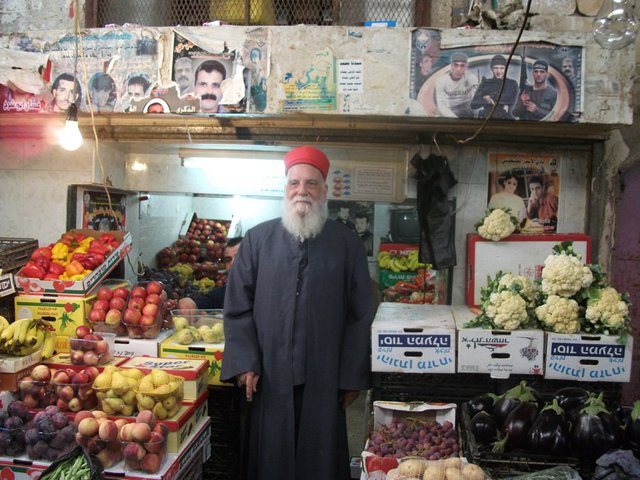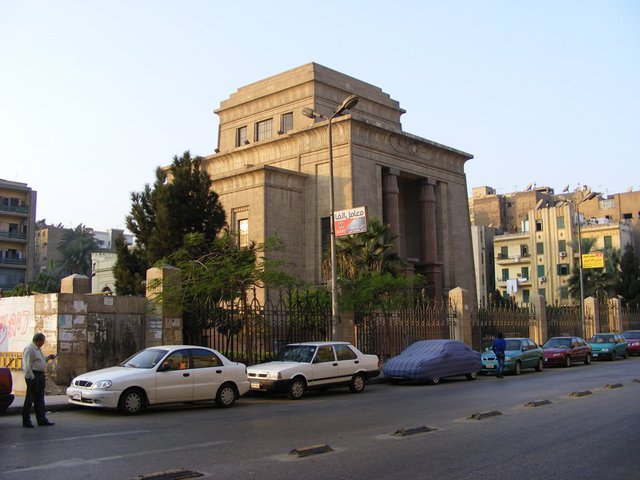Platform for discussion006
What role can the archive play in developing and sustaining a critical and culturally located art history?
Three practices in [non-physical archiving]
1: Personal experience, Ramallah, 2010
Through art practices, particularly in this region, the artist might slip into this muddy area, which is mostly based on fetishes and collective political memory and which somehow stands on the most influential component of media archive. It is not necessarily only that which is visible and legible, but more an area that relies on the storytelling archive.
Storytelling originates from the Arabic term Al Marweya (the oral telling): it is the main theme in the creation of an event's history. In that respect, artistic language deals with the resources that observations are derived from through post-traumatic information, which is something I term as: 'subjective archive and sympathetic archive.'
So, allow me to delve into the question of interest related to reality through oral storytelling, not from a factual perspective but from an aesthetic one.
2: Me and Gemma, Collective Memory Archive, Cairo, 2010. Dialogue with Gemma Sharp by email
The three of you laughed when I asked what it was. 'It's a tomb', you said, 'for someone who fought against...', and then you stopped and smiled. '…the British?' I continued, (and then we all laughed). It was a 10th of October evening and revolutionary folk songs played in the taxi that carried us to tea. And so I have often wondered, and here I wonder again: what does it mean to build an urban monument for a reactionary figure? Planned, built and kept by the state – our city's statues, mausoleums and monuments remind us of the greatness of others. At the same time they remind us, as we pass beneath them, of how small we might feel in the street that contains such a thing. And now I ask you where they buried Saffiya? And will you take me there next time I come?
Text by Gemma Sharp
3: Attempts at Creating your own Pseudo Archive, Marrakech, 2013
Non-material heritage, or storytelling as an archive throughout the history of Arabic storytelling, plays an important role in both religion and literature, within the context of exchanging news. Most of Arabic and Islamic heritage stands on oral storytelling, which led to the creation of a new science that tests the credibility of the storyteller, their abilities and their resourcefulness in terms of conveying events. This is how specialized studies called 'biographical evaluation' or literature called 'knowledge of men', were founded.
(You have to innovate your archive (pseudo archive) and harmonize it with your personal history.)
The default state of art practices is to be neutral and non-partisan – but from a personal point of view, the trail of various paths of imagination that believe art is supposed to be neutral and unbiased fails. In its purest form, a truly neutral art practice is hardly imaginable. Art has to be relative. Neutrality in art is like perfectionism in the physical world. The practice of art in all its forms reflects the ideological expression of its creator. I'm not going to analyze whether it is planned or spontaneous, but I mean that all its resources, even the archive in the context of research, are manipulated by the authority of the artist.
What is a platform?
A platform is a space for speaking in public. It is an opportunity to express ideas and thoughts. It also suggests the formal declaration of a stance or position on any given subject.
Unique to Ibraaz is a 'platform', a question put to writers, thinkers and artists about an issue relevant to the MENA region. This platform is sent to respondents both within and beyond the MENA region and contributions will be archived every 12 months.


